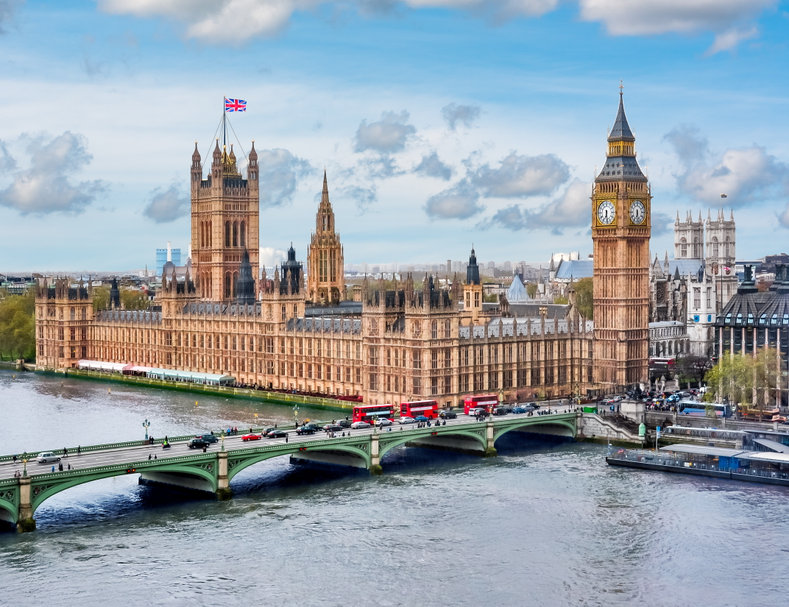
The British government wants to tackle the risks of, among other things, stablecoins. That’s not surprising, given the chaos that Terra’s stablecoin (UST) has caused. A document issued by the UK Treasury Department states that existing ‘regulatory regimes’ can be applied to unregulated digital payment instruments.
Managing risks
In the new document, released Tuesday, the ministry proposed using existing regulatory regimes to mitigate the risks posed by stablecoins and other crypto. The document started on a positive note. Namely, by reiterating the UK government’s commitment to crypto innovation. In addition, it was also highlighted that stablecoins must be recognized by law.
While the collapse of UST probably played a large part in the creation of this document, it is not mentioned anywhere. Terra and the accompanying LUNA are also omitted from this plan. The ministry does speak in the document to “manage the risks associated with the bankruptcy of a systemically important stablecoin firm”. This is very similar to UST.
“The events in the cryptoasset markets have further highlighted the need for appropriate regulation to help mitigate risks to consumers, market integrity and financial stability.”
What are these so-called ‘regulatory regimes’?
These rules are known in the United Kingdom as Special Administration Regimes (SARs). These SARs would provide the Bank of England with regulatory oversight over bodies issuing stablecoins. In that case, they may check whether the system of these stablecoins is watertight. These SARs would also ensure that companies always work in the best interest of their customers (and the rest of the population).
The document outlines two different SARs that may apply to stablecoins, but a final decision will not be made until later. The file asks for feedback, with a deadline of 2 August. There is already a preference: the Infrastructure Special Administration Regime (FMI SAR). It would be appropriate to address the risks arising from the bankruptcy of this type of company.

